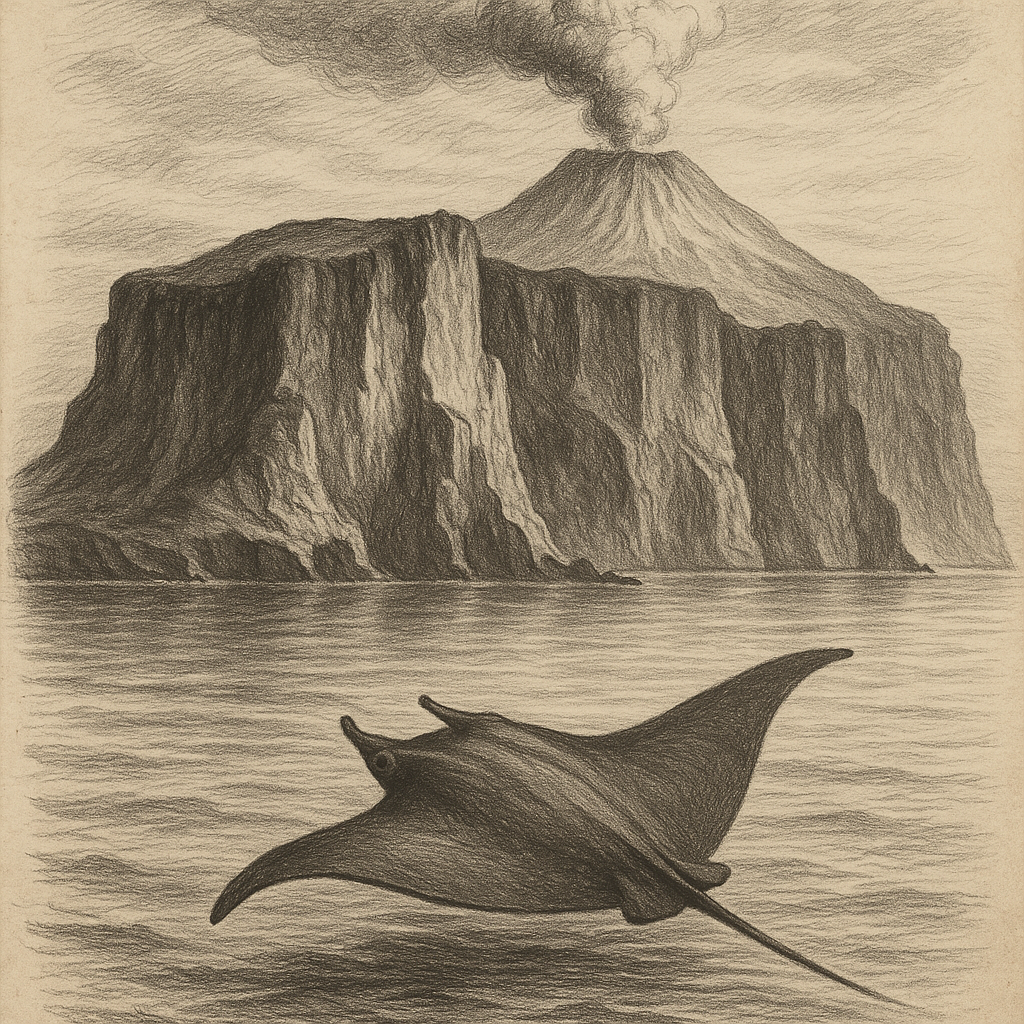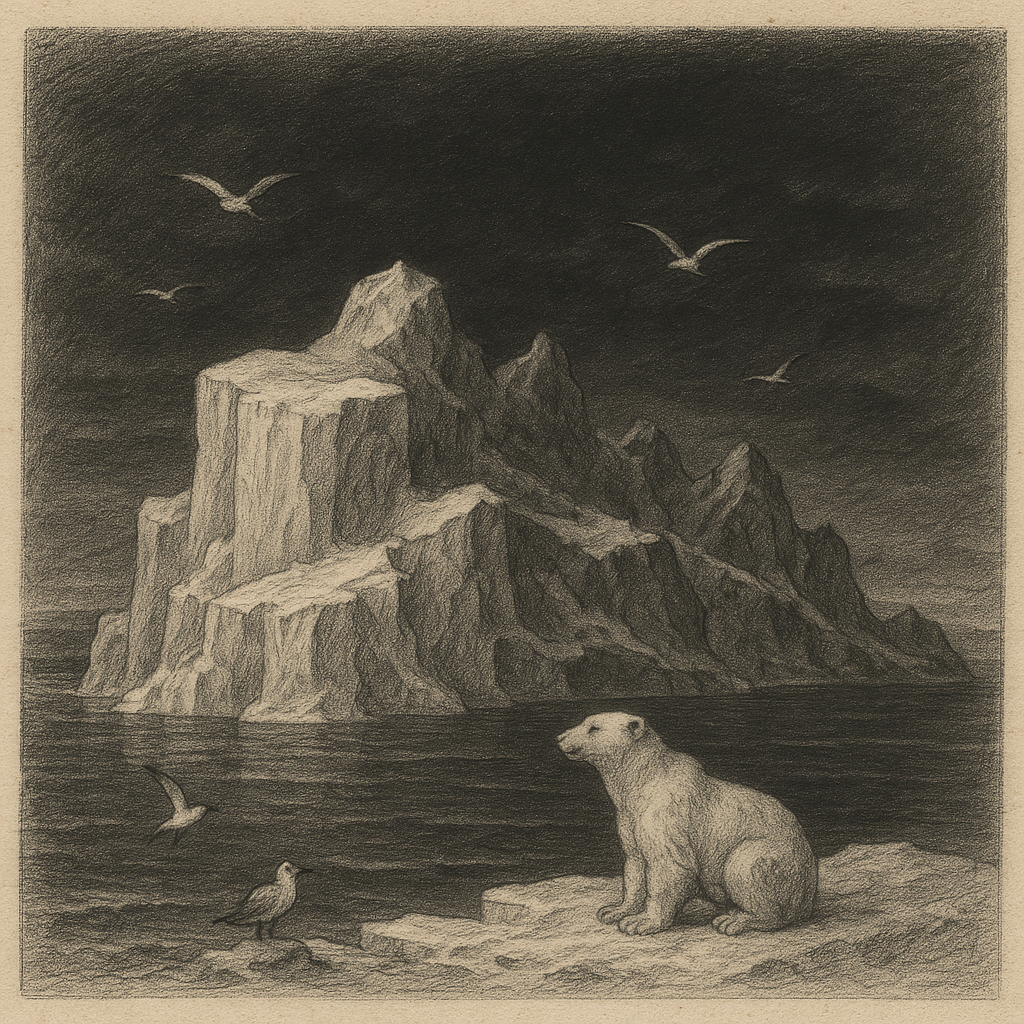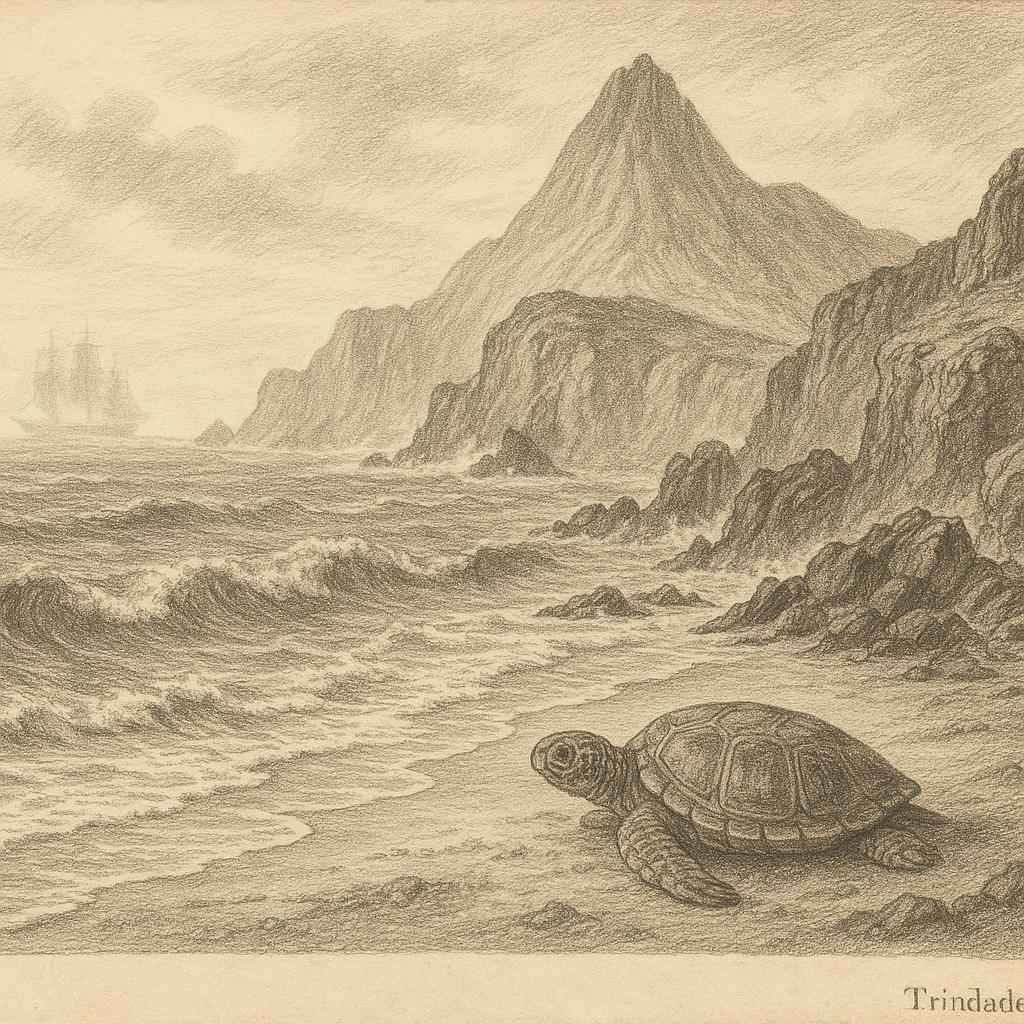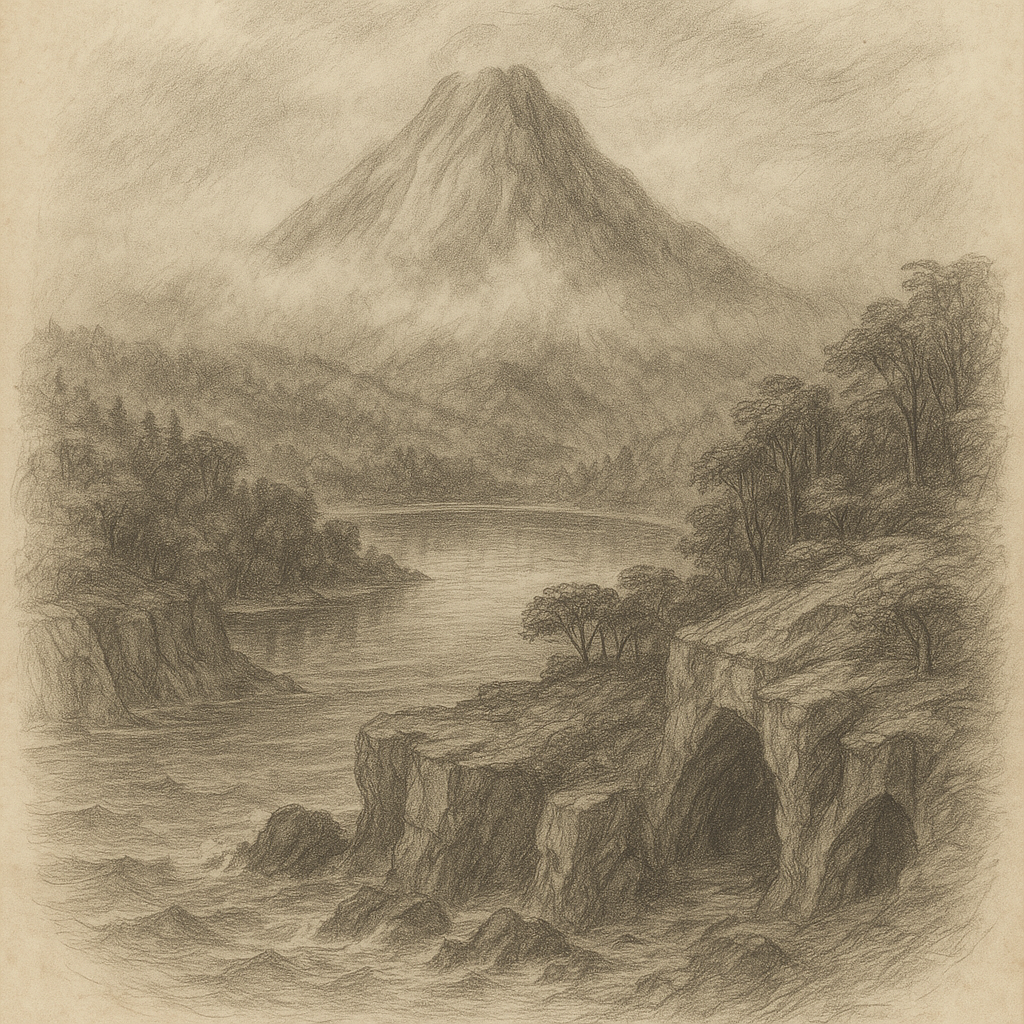Socorro Island: A Remote Pacific Treasure
Socorro Island, part of the Revillagigedo Archipelago, is one of the most remote and ecologically significant islands in the Eastern Pacific Ocean. Situated approximately 600 kilometers off the west coast of Mexico, it lies in solitude in the vast expanse of the Pacific, far from any mainland influence. The island is not just a geographical marvel, but also a site of exceptional marine and terrestrial biodiversity, volcanic activity, and mystery.
Geography and Geology
Socorro Island is the largest island of the Revillagigedo group, which includes Clarion, San Benedicto, and Roca Partida. It spans an area of around 132 square kilometers and rises sharply from the ocean with steep cliffs and rugged volcanic terrain. The island forms the summit of a massive undersea volcano, and its highest peak, Mount Evermann, reaches 1,050 meters above sea level.
As part of the Pacific Ring of Fire, Socorro Island is geologically active. Its formation is attributed to volcanic activity caused by the movement of the Pacific Plate over a hotspot, similar to the formation of the Hawaiian Islands. This has resulted in a dramatic landscape of solidified lava flows, black sand beaches, and explosive caldera formations. Volcanic eruptions have shaped the island for millions of years, giving it a raw and elemental beauty.
Unique Biodiversity
The isolation of Socorro Island has allowed for the evolution of unique and endemic species. On land, the Socorro mockingbird and the Socorro dove are two critically endangered species found nowhere else in the world. The island’s unique plant life includes various endemic cacti, shrubs, and flowering plants that have adapted to the island’s arid climate and volcanic soil.
Beneath the surrounding waves lies a different world altogether. The marine ecosystem is among the richest and most diverse in the Eastern Tropical Pacific. Socorro is particularly famous among divers for its large pelagic species, including giant manta rays, whale sharks, bottlenose dolphins, humpback whales, and numerous species of sharks like hammerheads and silky sharks. The island’s surrounding waters are part of the Revillagigedo Marine Park, a protected area designated as a UNESCO World Heritage Site in 2016.
Climate and Environmental Conditions
Socorro Island experiences a tropical climate moderated by oceanic currents. The island has wet and dry seasons, with most precipitation falling between July and October. Annual rainfall varies but typically ranges between 600 to 1,200 millimeters. The temperature remains relatively consistent year-round, averaging around 25°C. Due to its location and topography, Socorro is often exposed to cyclonic activity during the hurricane season.
Human impact on the ecosystem has been both significant and costly. During the mid-20th century, invasive species such as sheep and cats were introduced, which threatened native flora and fauna. Conservation efforts have since focused on eradicating these species and restoring the island’s natural balance. While previously inhabited by Mexican Navy personnel and researchers, the island now sees limited, supervised visits for scientific and conservation purposes only.
Interesting Facts about Socorro Island
– Socorro Island earned the nickname “The Galápagos of Mexico” due to its high levels of endemism and biological diversity.
– The island has become a world-renowned destination for experienced scuba divers, who often undertake live-aboard expeditions to witness the unparalleled marine life.
– It serves as a vital breeding ground for several marine species, including humpback whales, which migrate thousands of kilometers to calve in its warm waters.
– Mount Evermann, the island’s highest point, is named after Barton W. Evermann, an American ichthyologist who made significant contributions to the study of Pacific marine life.
– The surrounding Revillagigedo National Park is the largest fully protected marine reserve in North America, covering more than 147,000 square kilometers of ocean.
Legends and Myths of Socorro Island
Despite its scientific acclaim, Socorro Island is also a place steeped in mystery and local lore. Some sailors and early explorers dubbed the region “The Mexican Bermuda Triangle” due to unexplained disappearances and navigation anomalies near its waters. Over the decades, whispers of strange lights over the island and reports of unidentified underwater objects have contributed to speculation among fringe theorists and adventurers.
Another legend speaks of ancient pirate treasure buried somewhere along the island’s rocky coast. It stems from tales of 16th-century corsairs who allegedly used the island as a hidden base during their raids on Spanish galleons. Although no treasure has ever been found, the myth continues to attract a small, curious audience of treasure hunters and romantics alike.
Some indigenous groups from mainland Mexico even claim that the spirits of sea guardians protect the island and maintain balance in its natural world. While these beliefs are unconfirmed and not rooted in scientific evidence, they add a layer of cultural significance and wonder to Socorro Island.
Access and Conservation
Visiting Socorro Island is not simple. Access is tightly controlled by the Mexican Navy and the national park authorities. Most visitors arrive via live-aboard diving vessels, and strict regulations govern visitor behavior and access zones. Permits are required, and the focus of most trips is either scientific research or ecotourism with minimal ecological footprint.
Conservation efforts have intensified in recent years. Mexican authorities, in collaboration with international organizations, have worked tirelessly to protect this ecological gem. The removal of invasive species, strict fishing prohibitions, and marine surveillance programs are all part of a broader effort to ensure Socorro Island remains a sanctuary for future generations.
Conclusion
Socorro Island exemplifies the raw power and delicate balance of nature. It is a place where volcanoes forged land from the ocean floor, where life evolved in seclusion, and where legends and science meet beneath the vast Pacific sky. Whether approached through a scientific lens or as a site of natural mystique, Socorro captivates all who encounter it. As our understanding of ecosystems deepens and conservation becomes ever more urgent, Socorro Island stands as a beacon of both the wonders and responsibilities of preserving the planet’s most remote wild places.



